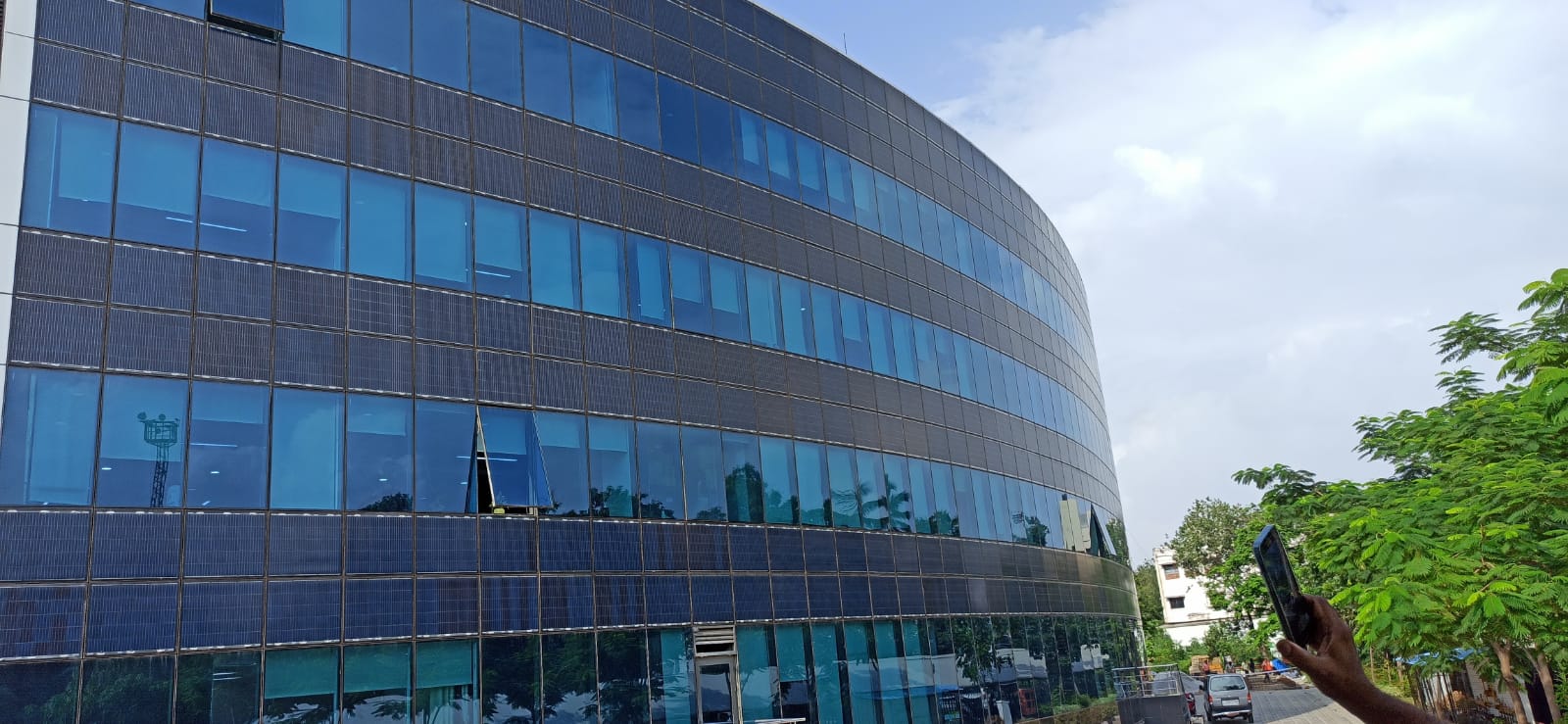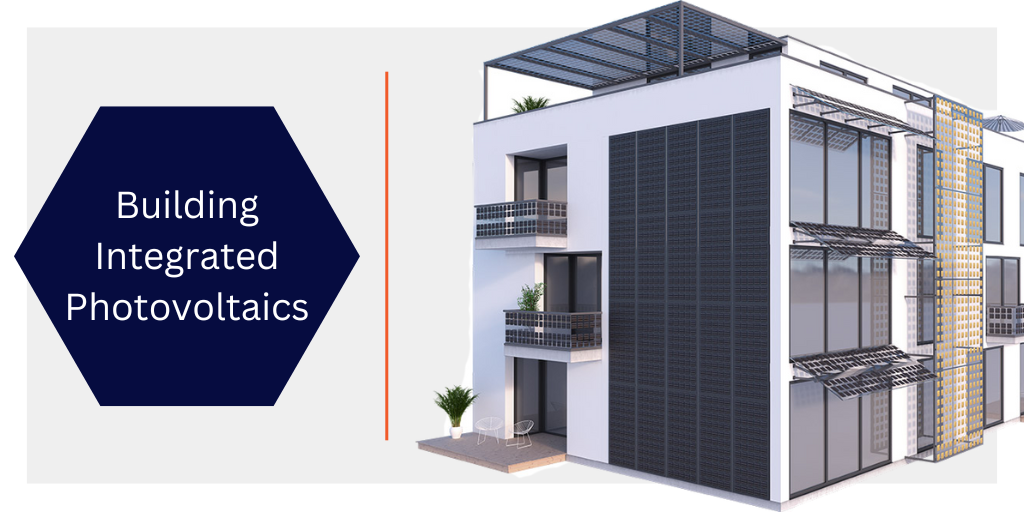Building Integrated PhotoVoltaics
The energy transition is in full swing and solar panels are making enormous progress. With Building Integrated
PhotoVoltaics (BIPV), we want to integrate solar panels into facades, roofs, balustrades and glazing in an attractive
or invisible way, to further accelerate this advance.
BIPV exists when a solar panel is part of the building envelope and takes over the
function of a building material. The advantage of this is that you need fewer
materials and the carbon footprint of the building is lower. And because the solar
panels at BIPV are included as standard in the design, the end result is aesthetic.
At BAPV (Building Applied Photovoltaics), the panels are only used to generate
energy.






.webp)